The AGRAM 2000 submachine gun, initially developed as a prototype in Ivan Vugrek’s workshop in Golubovac during the early 1990s, is a notable weapon. Designed during Yugoslavia’s disintegration, it was intended for Croatian civilians, farmers, and local militia to use as a self-defense weapon in the War for Independence. The AGRAM 2000 was created by modifying the Italian Beretta M12 submachine gun, resulting in a unique weapon design. It is chambered for 9x19mm caliber.
Introduction
Despite its purposeful design and modifications, the AGRAM 2000 is remarkably simple in design and technology. This simplicity is advantageous, making the weapon easy to operate and maintain. Interestingly, some sources report that the “2000” in the weapon’s designation refers to the number of hours that Ivan Vugrek spent designing this weapon, emphasizing the dedication and effort involved in its creation.
The AGRAM 2000 is a noteworthy example of how modification of an existing design can result in a new and effective weapon. Its history and design indicate the difficult circumstances in which it was created and highlight the need for practical and reliable self-defense weapons during the conflict.
History
Production of the Agram 2000 submachine gun began in the 1990s and was carried out in local machine shops throughout Croatia. Although the production numbers were relatively small, this weapon played a significant role in the Croatian War of Independence, the Bosnian War, and the Kosovo War. It was mainly used by local militia units, border guards, and regular troops, despite not being designed as a primary weapon for military or law enforcement forces. Nevertheless, it served as a stop-gap solution and was even utilized by special forces for reconnaissance and sabotage due to the absence of better options.
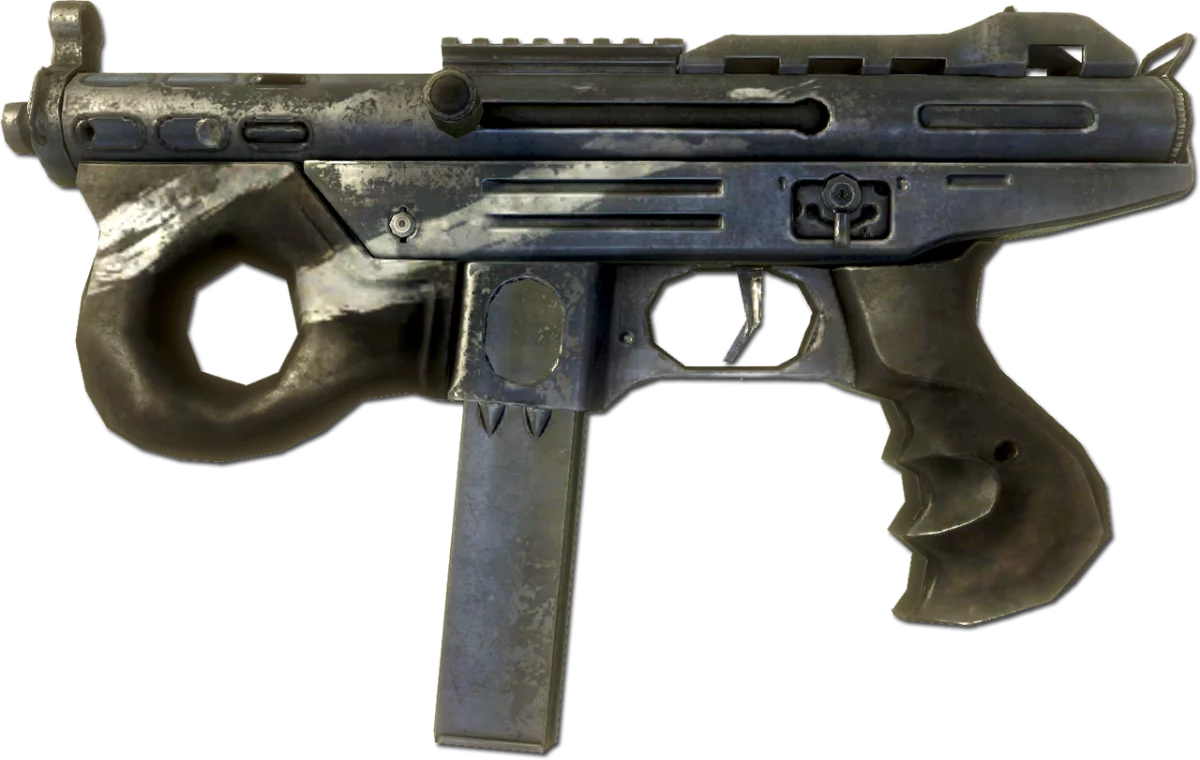
The Agram 2000 submachine gun’s initial models were put into action while still unfinished, which became apparent when defects caused downtime. The problem was with the bullet carrier, which had a flat tank. However, later modifications led to a curved and shorter variant, which resolved the issue. The submachine gun has a collapsible planter and silencer, making it more practical and effective.
As one of the first submachine guns produced in Croatia, the Agram 2000 is a noteworthy weapon. It originated from a workshop whose founder had experience as a rifleman and imparted his knowledge to his sons. Despite its humble performance, the submachine gun played a critical role in conflicts beyond Croatia, including those in Bosnia-Herzegovina and Kosovo.
Design
The Agram 2000 is a submachine gun with a simple yet appealing design, with only 56 metal parts made from stamped metal, sheet metal, and molded plastic. Its barrel is slightly longer and threaded to allow for the attachment of a silencer or muzzle brake. The weapon is blowback-operated, chambered for 9×19 mm Parabellum ammunition. It is known for having a faster rate of fire than the Beretta M12.
However, the Agram 2000 has gained notoriety for its poor reliability, primarily due to its poor build quality. After firing just 1,000-1,200 rounds, the weapon’s performance and reliability significantly decrease, resulting in a very short service life. Despite its reliability issues, the Agram 2000 is user-friendly and easy to maintain. It can be field stripped effortlessly for cleaning and maintenance, and its overall simplicity means that the shooter can easily replace damaged or defective parts.
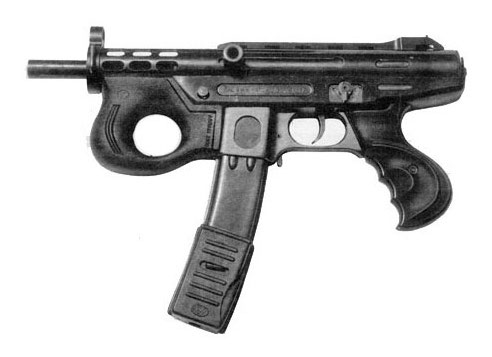
The submachine gun features a fire mode selector above the pistol grip, which a thumb can operate and a cocking handle on the left side of the receiver. It reportedly feeds from 15-, 22-, or 32-round capacity magazines and is compatible with all standard Uzi magazines.
Unlike most submachine guns, the Agram 2000 lacks a buttstock and features a foregrip with a thumb hole. This design improves the weapon’s stability during firing but can significantly reduce its accuracy.
The Agram 2000’s iron sights are simple and effective. The front sight is covered by a protective ring, while the rear sight post is of the flip-up type and ranges between 50 and 150 meters. The effective range of fire for the weapon is around 50 meters.
Additionally, the Agram 2000’s threaded barrel allows for the attachment of a sound suppressor, which does not require special subsonic ammunition and uses standard 9×19 mm ammunition, making it widely available. When attached, the suppressor distorts the sound of gunshots, making it difficult to pinpoint the shooter’s location. It also significantly reduces muzzle climb and improves accuracy.
Criminal history
The Agram 2000, a firearm that originated in the war-torn regions of the former Yugoslavia, has been widely used in military conflicts and criminal activities. The weapon has been associated with the murders of Spejtim Taci and Vjeko Slisko and other violent incidents in Great Britain.
The Agram 2000 is particularly attractive to criminals due to its lightweight, compact size and ability to mount a suppressor. These features make it a popular choice among criminal circles, where discretion and mobility are key considerations. The widespread availability of these weapons on the black market has made it easy for criminals to obtain them.
Interestingly, the Agram 2000 has become especially popular among criminals from former Soviet republics. This can be attributed to its easy availability in the black market and its effectiveness in committing violent crimes. Despite efforts by law enforcement agencies to control the flow of these weapons, the Agram 2000, alongside Zastava M84 Skorpion, remains a weapon of choice for many criminals in former Yugoslav republics.
In 2006, the creator of AGRAM 2000 was arrested for running an illegal factory producing machine guns and pistols. As a result, a significant quantity of weapons was confiscated. Vugrek was identified as a notable weapon producer whose products were highly coveted by various criminal organizations, according to this news article.
Variants
The Agram 2002 is a revised version of the original Agram submachine gun, featuring various modifications to enhance its performance. Although it retains a similar layout to its predecessor, the buttstock has been removed. The forward grip with a thumb hole in the previous version has also been eliminated.
One significant change in the Agram 2002 is the relocation of the cocking handle. The new design allows for the weapon to be cocked using either hand, which adds flexibility and convenience to the user. Another modification that distinguishes this submachine gun from its predecessor is the different rear sight posts.
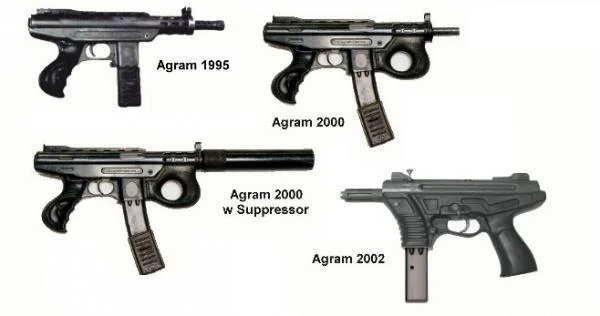
The Agram 2002 submachine gun has undergone several modifications to improve its functionality. The removal of the buttstock and forward grip with a thumb hole, along with the relocation of the cocking handle, contribute to the weapon’s ease of use. Additionally, the revised rear sight post enhances the gun’s accuracy, making it a more efficient and reliable option for users.
Technical specifications
| Country of origin: | Croatia |
| Manufacturer: | Ivan Vugrek |
| Entered service: | The early 1990s |
| Caliber: | 9×19 mm |
| Weight: | 1.8 kg |
| Length: | 482 mm |
| Length (with folded stock): | – |
| Barrel length: | 150 mm |
| Muzzle velocity: | ~ 330 m/s |
| Cyclic rate of fire: | 800 rpm |
| Practical rate of fire: | 30 – 120 rpm |
| Magazine capacity: | 15, 22, 32 rounds |
| Sighting range: | 150 m |
| Range of effective fire: | ~ 50 m |


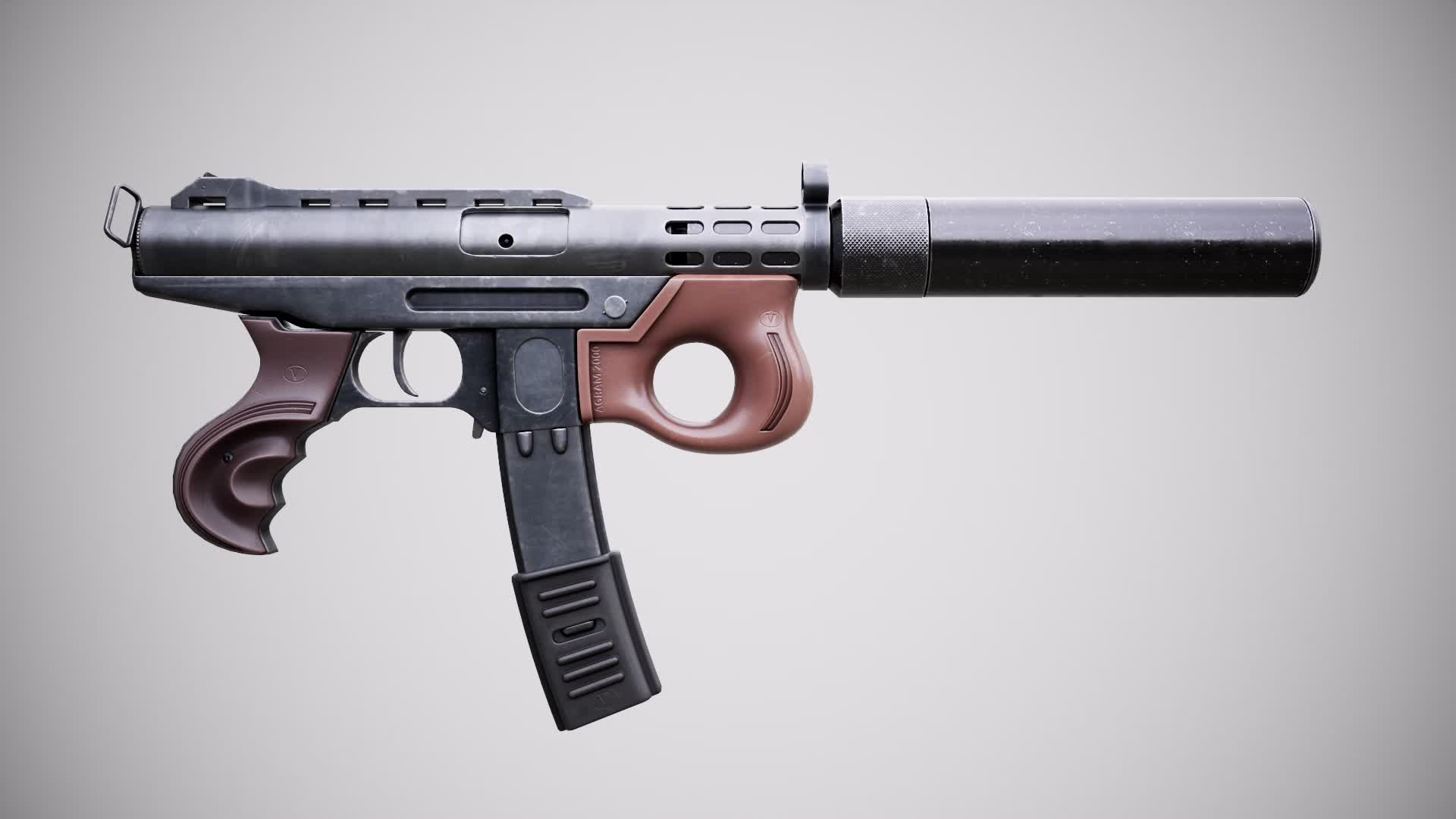
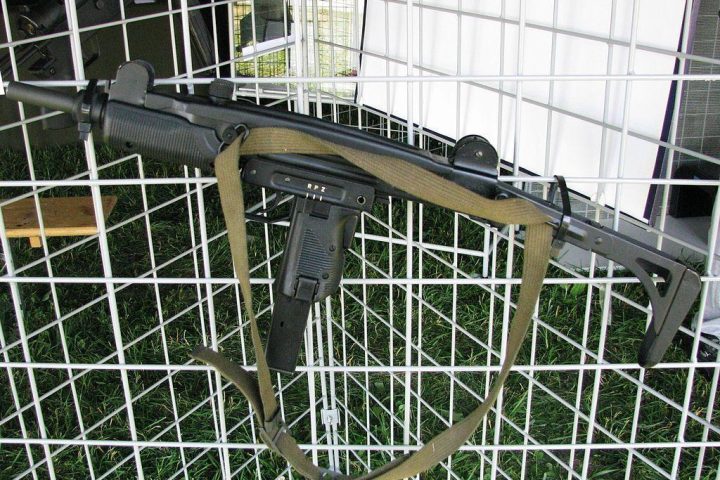

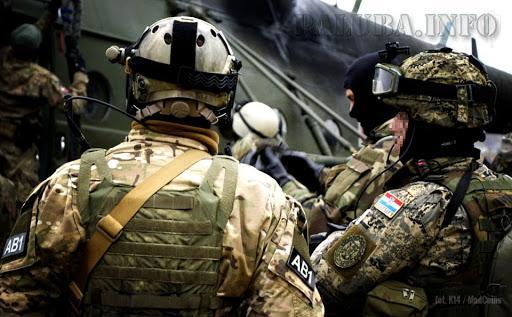
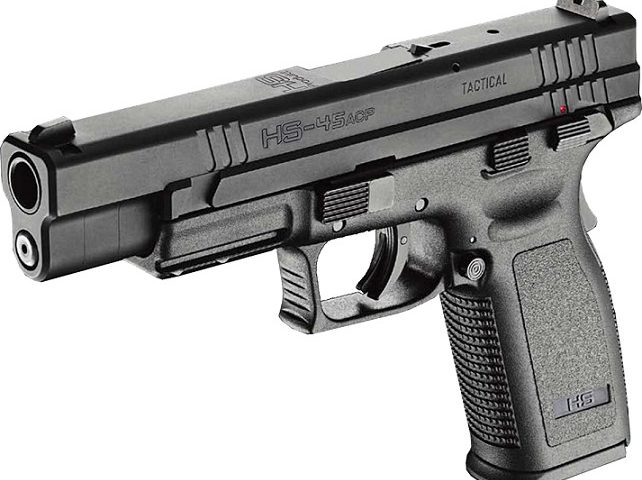





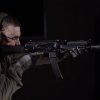

What’s the price and where is it available?